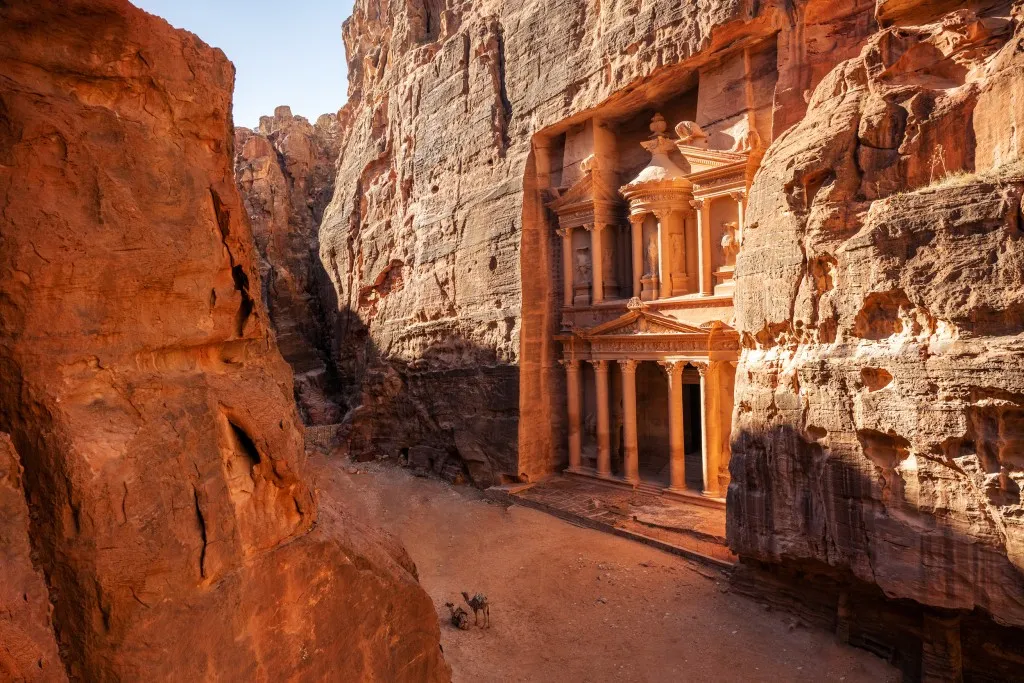Petra: The Astonishing Discovery of a Hidden Tomb in Jordan’s Ancient City

Significance of the Discovery in Petra
In an extraordinary archaeological achievement, a hidden tomb with 12 human skeletons has been uncovered beneath the famed Treasury monument in Petra, Jordan. This discovery not only highlights the historical importance of Petra but also provides a glimpse into the burial practices of the Nabatean Kingdom.
Details of the Excavation
Using advanced ground-penetrating radar, researchers from Jordan and the USA identified a void beneath the Treasury, which led to this significant find. Carefully excavating from the outside, the archaeologists revealed the skeletons, which range from children to adults, along with grave offerings.
- The burial site dates back to around the first century B.C.
- Previous discoveries in the area hinted at more tombs waiting to be uncovered.
- The examination of the remains could reshape our understanding of the Nabatean culture.
“The hope was to find a tomb that was intact,” said Richard Bates, a geophysicist involved in the project. This find is exceptional since complete burials at Petra have not been previously documented.
Broader Implications of the Find
The Treasury, a UNESCO World Heritage site and one of the Seven Wonders of the World, continues to be a focal point for exploration. As Pearce Paul Creasman noted, “For as famous as it is, the Treasury is still a mystery to us in many ways.” This excavation presents a unique opportunity to unlock the secrets of the site that attracts millions annually.
This article was prepared using information from open sources in accordance with the principles of Ethical Policy. The editorial team is not responsible for absolute accuracy, as it relies on data from the sources referenced.